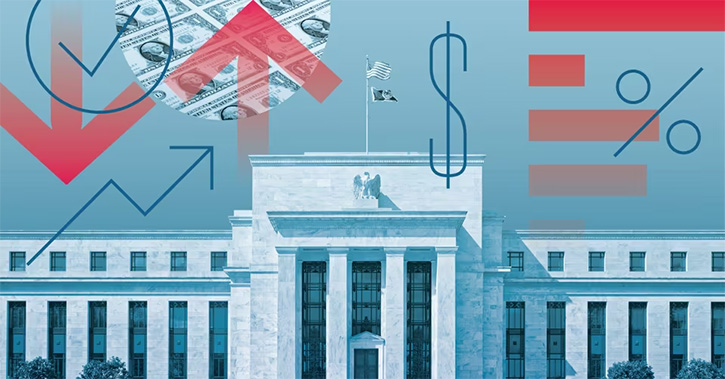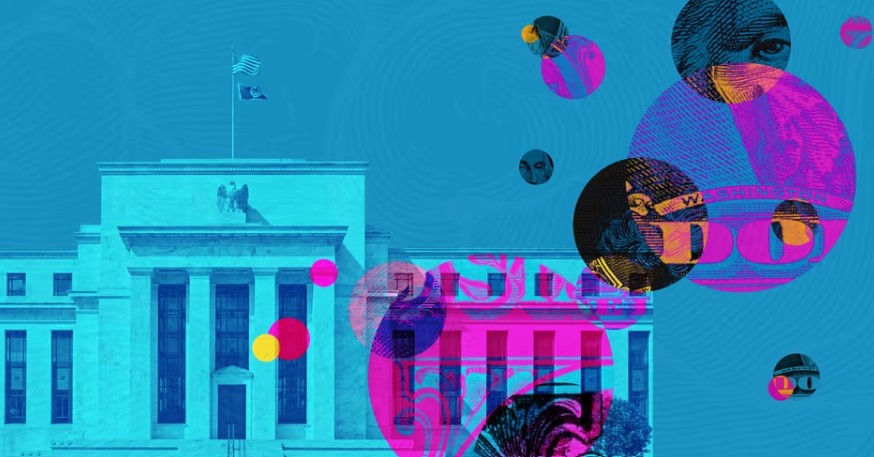A number of market observers believe that 2019 could be a good year for currencies. However, investing in currencies –usually referred to as ‘carry trade’ - can be a tricky and high-risk proposition for most investors, though it also could offer high returns. For many investors, world bond funds are a more accessible way to invest in currencies; it is less risky though also potentially less profitable.
“An asset class we particularly like is emerging markets currencies,” says Alex Bellefleur, chief economist and strategist at Mackenzie Investments, in Montreal. “The Mexican peso and the Brazilian real are undervalued at this moment and should perform nicely with the U.S. Federal Reserve’s present stance. We also see the Indian rupee and the Turkish lira strengthening in 2019,” he continues.
This optimism is shared by François Bourdon, currency specialist and global chief investment officer at Fiera Capital in Montreal. He goes a step further, saying the currencies “could well be the winning asset of 2019.”
However, James Dutkiewicz, chief investment officer at Sentry Investments in Toronto doesn’t share that enthusiasm, though he recognizes that key developments in 2019 “could have a big impact on major currencies.” Some of the developments he highlights include the impact of Brexit on the pound, the Fed’s shrinking of its balance sheet and its effect on the U.S. dollar, issues around France and Italy and their impact on the euro, China’s economic slowdown, and Japan’s possible interruption of its quantitative easing policy and the potential negative effect on the yen.
A market of giants
The currency market is humungous and dwarfs every other, even that of financial derivatives which totalled US$595 trillion in notional value at the end of June 2018, according to the last Bank of International Settlements (BIS) report. Currency trading in 2016, according to another BIS report, towered at US$1.86 quadrillion in notional value, about 25 times the world GDP of US$73.4 trillion for that same year. Real trade in merchandise and services for 2017 stood at US$22.5 trillion, representing barely 1.25% of currency transactions. In 1975, right after the decoupling of the US dollar from the gold standard, 80% of currency trading still followed real commercial activity.
The massive use of leverage explains the astronomical size of the currency market. “It does not reflect the true amounts involved,” says Dutkiewicz, explaining that if a portfolio manager hedges half of a $2 billion portfolio, rolling over that hedge every month amounts to a yearly number of $12 billion, but the actual amount of money traded is comparatively minuscule.
Most currency trades are done as hedges by financial institutions and corporations to cover currency risk. About 13% forms the hunting ground of speculators, mostly hedge funds, who try to benefit from the inefficiencies brought about by the “naïve” activity of hedgers, according to Dori Levanoni, currency product strategist at California-based First Quadrant.
Because of the leverage components involved, there are no currency mutual funds nor ETFs in Canada. Investors are on their own, but those who want to dip their toes in the currency sea need to know that they’ll be in the company of big fish and sharks who can count on local intelligence support in many countries. To play, they will have to call on forward contracts, futures and options, vehicles not usually present in every investor’s tool kit. “It is not territory recommended to everyman,” points out Étienne Bordeleau-Labrecque, vice-president and associate portfolio manager at Ninepoint Partners, in Toronto.
Simple, but not easy
The simplest vehicle is a forward contract that one executes through a bank. A carry trade usually involves trading one currency against another in the hope that the spread between them will widen in favour of the target currency. For example, you sell the British pound and buy the euro, hoping that the euro will appreciate and that the pound will devalue or at least remain stable. Leverage in this market is practically limitless: one can borrow ten or twenty times one’s capital, thereby multiplying gains – or losses – accordingly. If you have all your starting capital in Canadian currency, you can just buy long or sell short any currency you believe will rise or fall, though many currencies can only be traded through the U.S. dollar or in local currency.
Such trades are relatively straightforward. The hard part is to get a handle on all the variables that can affect any country’s currency. “The impact of politics in currencies is considerable,” points out Bourdon. One also needs to understand the policies of central banks and the surprise announcements they might have in store, how long those policies are likely to hold, what impact they could have on asset prices, and the attraction or repulsion they will exercise on national and international capital.
How can you invest?
However, all is not lost. An investor who wants exposure to currencies can approach that market through global bond funds, where “the movements of currencies have almost as much impact on performance as interest rate movements,” says Bourdon.
Such is the case with the Manulife Strategic Income Fund. “Our typical currency return is about 30% over a 5-year time frame, but in any single year it can be larger – or smaller,” says Chuck Tomes, a portfolio manager of the fund. “In 2015, currency represented 50% of our total return, because we unhedged our positions.”
“Typically, 40% of our return comes from currencies, 40% from bonds and 20% from sector or security selection,” states Thomas Høgh, Portfolio Manager at Capital Group, in London, England, who oversees the World Bond fund and the Global Balanced fund.
To hedge or not to hedge is a central question, and decides how much exposure to specific bonds will be positively or adversely affected by currencies. “We like Mexican bonds, which on 10-year maturities yield 8.1%, but the short policy rate (central bank’s overnight rate) is a little above 8%, and that eats up a lot of yield,” says Høgh. Chuck Tomes says the same about Indonesian bonds, which deliver an 8% yield, but once you apply a full hedge, you remain with a net of only 3%.
In such cases, the portfolio manager must decide if the direction of currency spreads is favourable or not. If the Indonesian rupiah shows a tendency to devalue, then not hedging it can prove profitable. “Momentum is more important in currencies than in any other type of asset,” points out Bourdon.
However, nothing is ever clear cut. Hedging can also deliver the larger portion of any return, especially where bond yield per se is insignificant. For example, explains Bordeleau-Labrecque, “recently, French and German 10-year treasuries gave a 0.3% yield. When we covered, our hedge, because of the currency differential between the Canadian dollar and the euro, gave us a 2.3% plus, for a total return of 2.6%.”
Global bond funds don’t deliver astronomical returns, but they are safer vessels to travel in when treading the tumultuous waters of the carry trade.




















